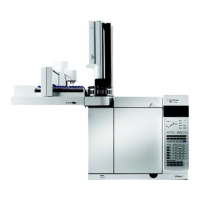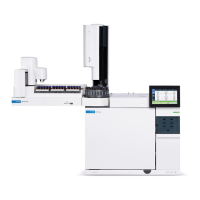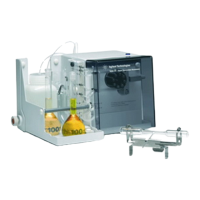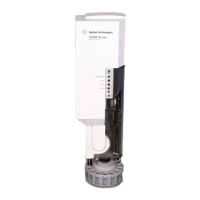252
Agilent 7820 GC Service
Troubleshooting
Most of the problems associated with sampling valves are
related to peak broadening in transfer lines and inlets, sample
adsorption by the valve or transfer lines, leaks, and perturbations
in the baseline.
Chromatographic symptoms
Troubleshooting valves and their related plumbing is primarily a
matter of systematic checking and verification of unimpaired
mechanical operation of any moving part. This requires an
understanding of how the valve functions internally and how the
plumbing is configured. A plumbing diagram is essential for
effective troubleshooting.
The following "symptom-cause" list gives the most commonly
encountered problems found with valves and their solution.
Valve or transfer lines
too hot
Reduce temperature 50 °C,
reevaluate
Use nickel or Hastelloy tubing
Valve or transfer line
too cold
Increase temperatures 50 °C,
reevaluate
Increase actuator pressure
Sample/column pressure
too
different
Add back-pressure regulator
to sample drain
Use smaller sample loop
Increase split flow
Increase column flow
Increase split flow
Check connections
Reduce volume of connecting
tubing

